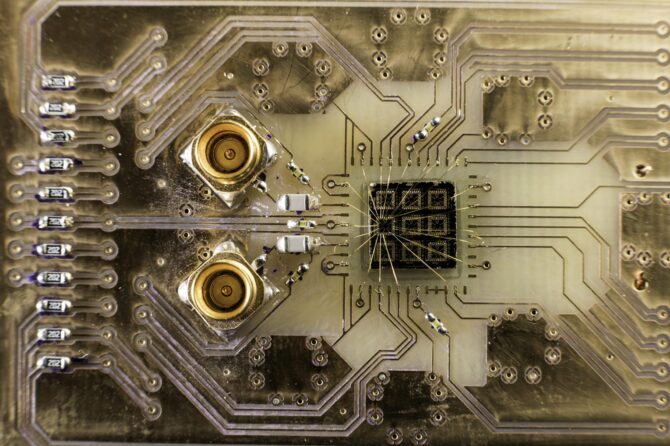Scientists have been relentlessly working on understanding the fundamental mechanisms at the base of high-temperature superconductivity with the ultimate goal to design and engineer new quantum materials superconducting close to room temperature.
A team of researchers driven by INRS studied the dynamics of the superconductor Yttrium Barium Copper Oxide (YBCO), which offers superconductivity at higher-than-normal temperatures, via time-resolved resonant x-ray scattering at the Linac Coherent Light Source (LCLS) free-electron laser, SLAC (US). In this new study, researchers have been able to track how charge density waves in YBCO react to a sudden “quenching” of the superconductivity, induced by an intense laser pulse.
Superconductivity and charge density waves (CDWs) are competitive, yet coexisting, orders in cuprate superconductors. To understand their microscopic interdependence, a probe capable of discerning their interaction on its natural length and time scale is necessary. The team observes a nonthermal response of the CDW order characterized by a near doubling of the correlation length within ≈1 picosecond of the superconducting quench. These results are consistent with a model in which the interaction between superconductivity and CDWs manifests inhomogeneously through disruption of spatial coherence, with superconductivity playing the dominant role in stabilizing CDW topological defects, such as discommensurations.
Owing to a better picture of the dynamical interactions underlying high-temperature superconductors, the researchers are optimistic that they can work with theoretical physicists to develop a framework for a more nuanced understanding of how high-temperature superconductivity emerges.
The research was published in the journal Science.



